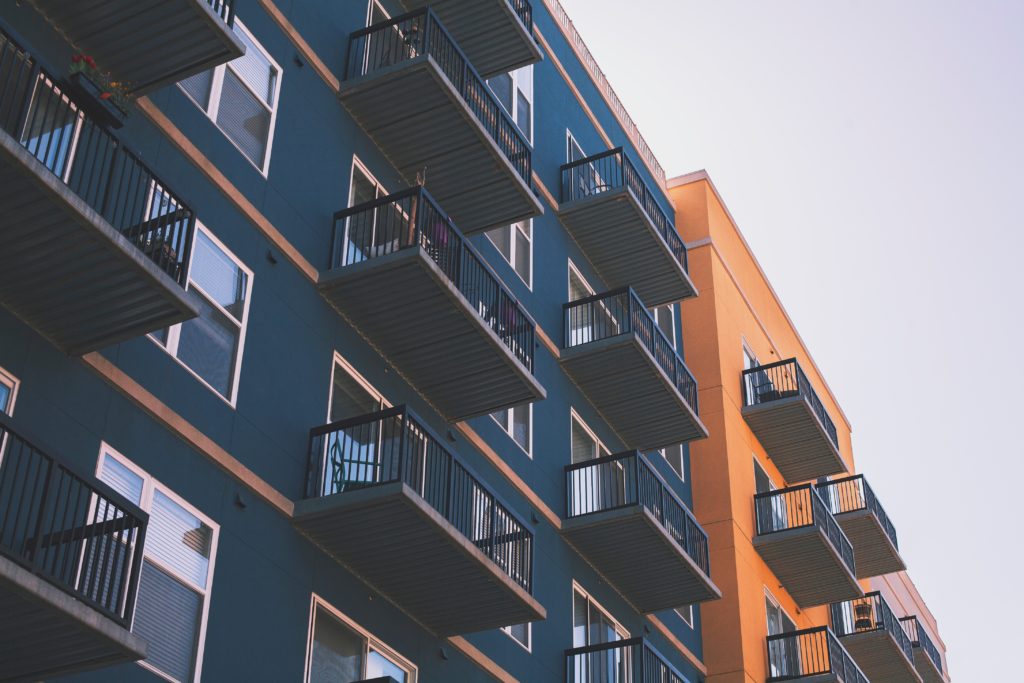All fields are required
Posted in Legionella,Legionnaire's disease,Our Blog,Outbreaks & Recalls on November 12, 2018

Two residents at Stella Maris campus have fallen sick by contracting Legionnaires disease. The residents were living in an independent-living apartment complex located in suburban Baltimore county. The diseases were reported by the officials working with the Baltimore County Department of Health and Human Services (HHS). Stella Maris is a non-profit long term care facility. The sickened people were living in the St. Elizabeth Hall of the campus, which according to the report has separate water system from the rest of the campus. There has been no information available on the sickened residents.
Water restrictions were put in place as soon as the residents and the health officials were notified about the outbreak. Campus officials have reacted promptly to the situation and said they they will continue to test the water system along with the cooling and heating systems. They are also having the entire system being treated and monitored for Legionella, the bacteria that causes Legionnaires disease.
Stella Maris is a non-profit, long-term facility located in Timonium, Maryland. It is sponsored by the Sisters of Mercy, as an affiliate of Mercy Health Services. The facility is known to offer comprehensive range of health and residential services for care of elderly from the retirement to the end of life. They also offer long-term and dementia care, counseling and bereavement services, rehabilitation, pastoral care, personal care and a senior day care center.
Elderly are more at risk
Not everyone who breathes in the Legionella bacteria will get infected by the disease. Although, there are certain age groups that are more prone to catching the infection than others like:
Laboratory results pending
The Baltimore County Department of Health and Human Services (HHS) collected samples from the complex but the results are yet to come, according to an email to the Baltimore Sun from HHS public information officer Elyn Garrett-Jones.
About Legionnaires:
Legionnaires is pretty common is cooling towers but some of the cases are coming from domestic building water systems. Legionnaires was first identified in 1976 in an American legion attending a convention at The Bellevue-Stratford Hotel. The outbreak affected 221 people and killed 34. Even though it was identified and named after a few months of the outbreak, the organism – Legionella pneumophila has been affecting the humans for hundreds of years. A common scenario earlier would be a tourist enjoying his time in the hotel and gets infected by the hot tub or shower and then falls ill around 10 days after his vacation is over. This was generally construed as to be something called ‘community-acquired pneumonia’ (CAP). No one related it to an organism that infected them in the hotel.
Legionella occurs when you inhale airborne water droplets that has the bacteria in it. It is not yet known how many number of organisms is required to cause an infection but it is known to vary according to age, health and a few other predisposing factors. CDC estimates around 8000 to 18000 cases of Legionnaires in the US annually but 90% of them also goes unreported. It is estimated that around 10% to 20% of those infected die and the numbers are higher for those who are more at risk.
Where can you find Legionella:
Legionella species is found naturally in soil, rivers and lakes and they have the ability to colonize in man-made water systems given the right conditions. The optimum growth temperature for Legionella bacteria is between 95 and 115 degrees F, optimum pH is between 5.0 and 8.5 and often thrive inside scale and sediment. The bacteria become hazardous due to conventional engineering methods used in cooling towers, air-conditioning, humidifiers, water storage and distribution systems and aquatic systems. Don’t underestimate the ability of the bacteria to lodge into the domestic building water like in showers, spray faucets, etc. – basically anywhere where there is a possibility for biofilm, scale and sediment to form.
How to control Legionella:
A complete plan for control of Legionella growth in any water system depends on a number of factors like water chemistry, temperature and the use of water system. Health and social care providers should do a full risk assessment plan to devise a strategy that will control the risk of Legionella in the entire institution. There are various ways in which Legionella growth can be controlled like maintaining the water temperature, using chemicals and modifying the environmental conditions like preventing stagnation, maintaining flow rate and controlling nutrient levels.
But not all water systems will become safer with chemical control. Therefore, a complete strategy should take into account the system design, operating parameters and the water chemistry.
Stagnant water always gives a perfect condition for the growth of Legionella. Therefore, to reduce risk you should remove dead legs/dead ends in pipes, flush out outlets like taps that are not used frequently, clean the shower heads and hoses. Cold water storage tanks should be cleaned from time to time and the water system should be checked for debris and signs of corrosion.
Here are some tips that can minimize Legionella growth like:
Some other additional controls that can provide more safety are analyzing water samples for the bacteria from time to time, ensuring the effectiveness of the treatment, proper installation, maintenance and monitoring of the system.
Legionella is serious type of pneumonia that can cause fever, chills, headaches and lethargy. Treatment requires antibiotics and in several cases, hospitalisation.
By: Pooja Sharma, Contributing Writer (Non-Lawyer)